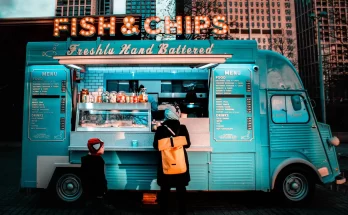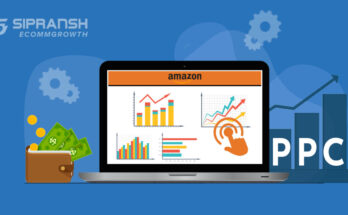The high street has changed dramatically over recent decades, especially in the advent of digital marketing, social media, and the e-commerce. Many have supposed that brick-and-mortar retail might eventually see itself in demise because of the competition posed by online sales. However, as years have passed, the high street has proven itself to be not only robust but adaptable to digital platforms, integrating them to improve their value within communities.
Online sales have, for example, not usurped physical sales but complemented them. It has also been discovered that customers will actually prefer physical sale options, such as click and collect, when checking out online if it means that they can obtain their purchase more efficiently than delivery. This has led to many brick-and-mortar shops to merge their online sales platforms with physical spaces to improve sales.
Perhaps the best example of digital tools benefitting retailers is with social media. Never before has a retailer had such informative and effective insight into their customers. Now, specific demographics can be targeted with adverts and offers to a greater degree of relevance, saving money on advertising by honing in on more accurate targets.
Advertising has also gotten a lot cheaper too. Retailers no longer need to spend a great deal of money on printed and physical advertorial content. Instead, marketing campaigns can be run online and adapted as they occur. The buzz of such campaigns can even have surprising reach too, helping to expand customer bases through the discoverability element of social platforms.
Social media hasn’t just brought about advertorial advantages though. The physicality of shop spaces are changing too. Photography has become a more intrinsic part of the high street, with customers placing great value on spaces that they can actively experience and share. This leads to a passive benefit for shops that design photogenic spaces and offer interesting experiences in store because customers will share images online, advertising the brand to their own followers.
This potential has led retailers to reconsider their shop shelving and furniture, making it as aesthetically pleasing as possible. Some retailers have even set out to create statement spaces and murals, encouraging customers to take photographs of neon lights and bespoke decor to encourage image sharing on social media.
Experiences are also a valuable pursuit for retailers not only because they offer the chance for social media activity but also because they make use of a shop space at a time when products can be easily sold online. For example, with products being able to be sold online, digital platforms alleviate the need for physical shop spaces to host all varieties of products, allowing brick-and-mortar retailers to host a greater number of events and experiences, advertising their brand and products to customers.
As social media platforms continue to grow in numbers, more changes are likely to take place too. Retailers are already looking for creative ways to engage audiences online and translate this audience of followers into customers of their high street shop spaces.




